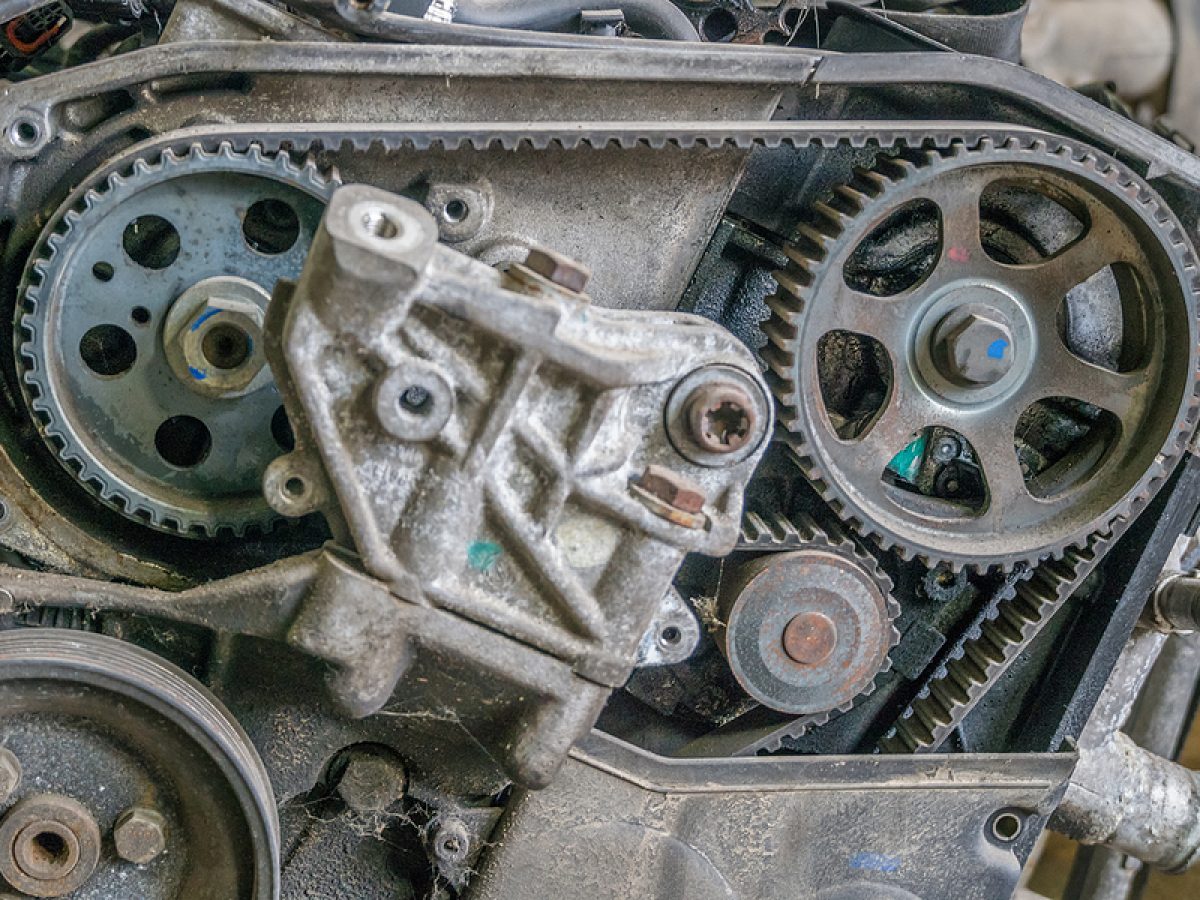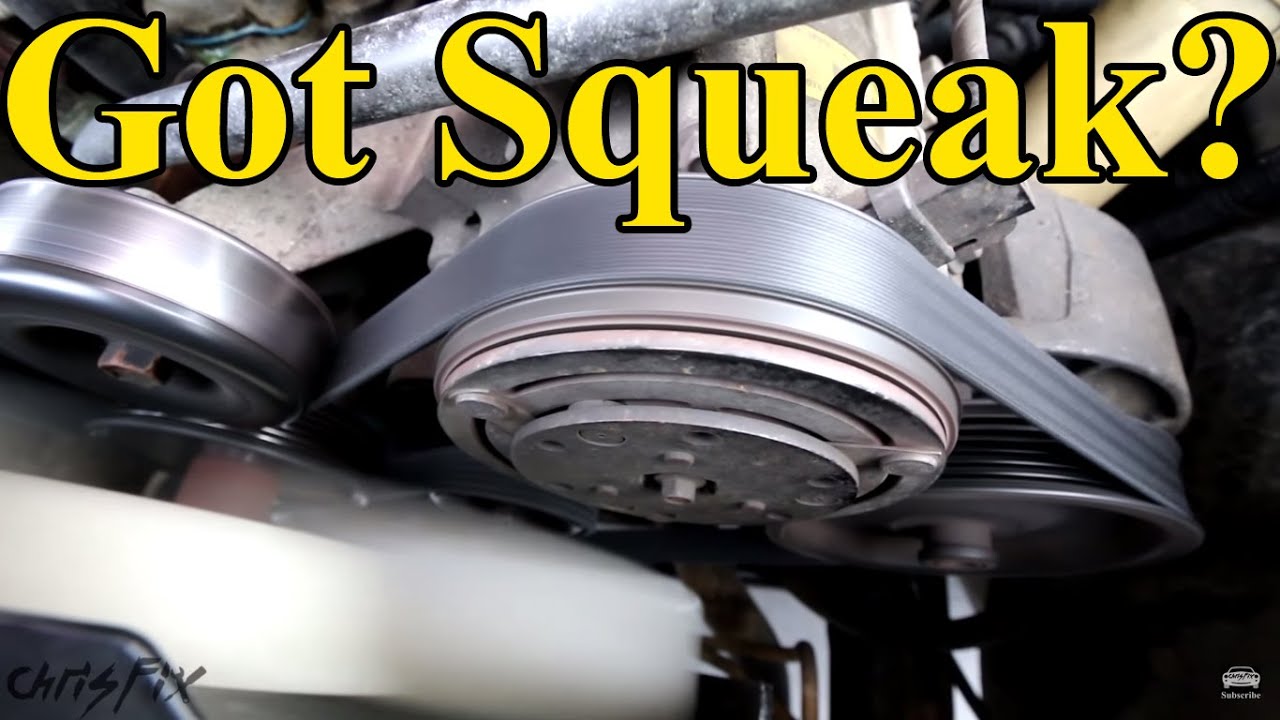What is a V-belt?
Known in common parlance as a V-belt, today’s cars, however, generally use V-ribbed belts, due in no small part to its optimized shape, because while a V-belt usually has a smooth surface, a V-ribbed belt has ribs running lengthwise that interlock with the ribs of the pulley.
Why does a V-belt squeal and what are the various causes?
Before we begin to answer the question of why a V-belt squeaks, it should be said at this point that a squeaking V-belt can always have several causes, and of course it always depends on the individual case. However, it is also a fact that there is always a cause for the concise squealing, which should be followed up very promptly if possible, so that no consequential damage is caused by a defective V-belt on the car! In most cases, the concise noise always occurs when there is insufficient frictional connection between the belt and the pulley.
In this case, the reason is often the lack of belt tension, which can mean that the belt has either expanded, or the tensioning device of the pulley is not working properly. But also a grease film or moisture can reduce the adhesion of a V-ribbed belt. If the belt slips as a result of this, the typical squealing can also occur here! If the V-belt whistles when starting or in a generally damp and cold climate, for example in autumn or winter, you can be pretty sure that the mixture of cold and damp is causing the squealing. In this case, the noise usually stops as soon as the engine warms up. However, the squealing does not necessarily have to be due to the V-ribbed belt, because surrounding components such as the vibration dampers, idler pulleys or the tensioning pulleys can also be responsible for the squealing noise!

What can be done about a squeaking V-belt?
It is not important what you can do about it, but first of all that you find the cause of the squeaking in the first place. To do this, the ribbed belt should first be looked at when it is at a standstill and checked for any material fatigue. If the belt is too flexible or even porous, this can be the first sign of the fault. The same applies if wet or oily residues are discovered on the ribbed belt! When inspecting the belt, however, a closer look should also be taken at the sides, because if the ribbed belt rubs against the side of the ribbed pulley, this can also be the cause of the squealing.
Another indication of a defect is if unusual abrasion can be detected. If the visual inspection at standstill does not reveal any of these indications, a visual inspection during operation and with the engine running may provide more information. If there is an odor of warm rubber or if abrasion can be detected, you are close to the cause. In addition, you should be able to touch the bearings and pulleys after running the V-ribbed belt (of course, only test out of service). If they are noticeably hot shortly after operation, the cause may be excessive friction.
What are sprays good for?
If a V-belt squeaks, V-belt spray will only help to a limited extent, because once a ribbed belt or surrounding components are defective, worn or too loose, even a V-belt spray can only partially eliminate the squeaking, but not the defects themselves! However, the sprays are not completely wrong, because they are a good means to maintain the material and keep the rubber supple. If the squeaking is weather related, a V-belt spray can be a good way to counteract that as well! The same applies if the V-belt still squeaks after a change. However, if the spray brings no or only a short-term effect, the trip to the workshop should not be too long in coming!
Should squeaking be taken seriously?
If a V-belt squeals for a longer period of time, the cause should be investigated immediately, since a defective or, in the worst case, broken V-belt can cause consequential damage and thus higher repair costs.

What does a V-belt replacement cost?
Normally, the material costs for a belt change amount to between 25 and 50 dollars. Unfortunately, it is often the change itself that costs a lot of money due to the effort involved! Depending on the type of vehicle, you have to budget an additional 150 to 200 dollars for the installation. Due to the high amount of work and the low material costs, it is therefore often worthwhile to have the V-belt changed as a precaution whenever repairs are carried out that require the V-ribbed belt to be removed anyway!
Source - https://www.waautoparts.com.au/v-belt-squeaks-change-it-yourself-or-have-it-changed/
No comments:
Post a Comment